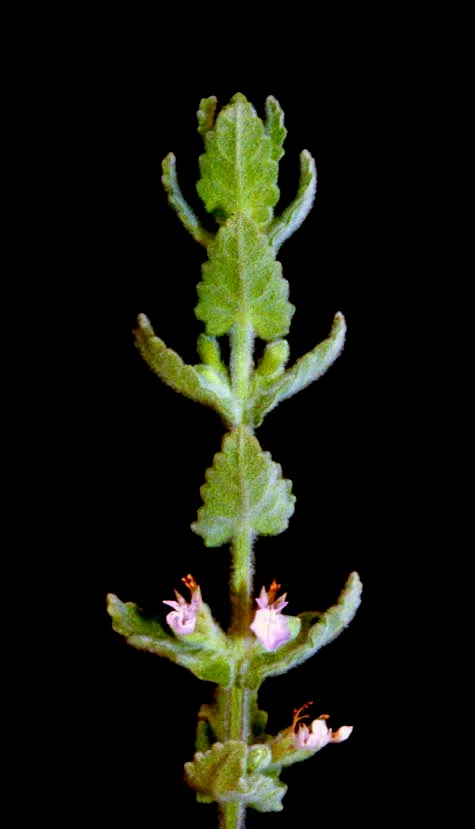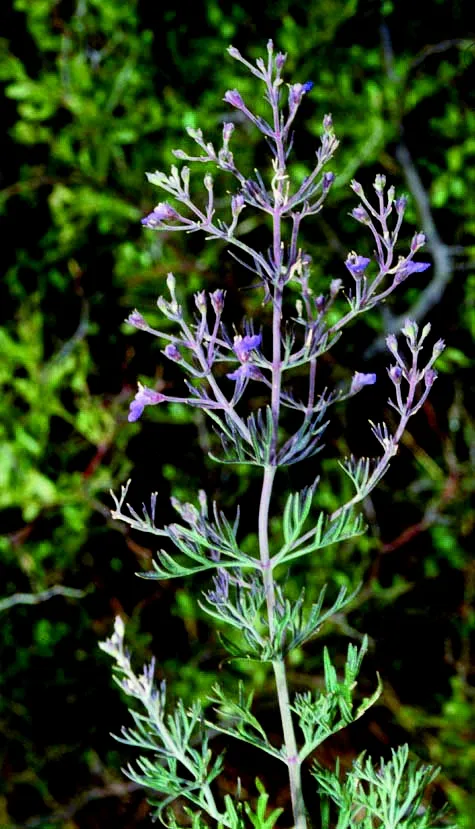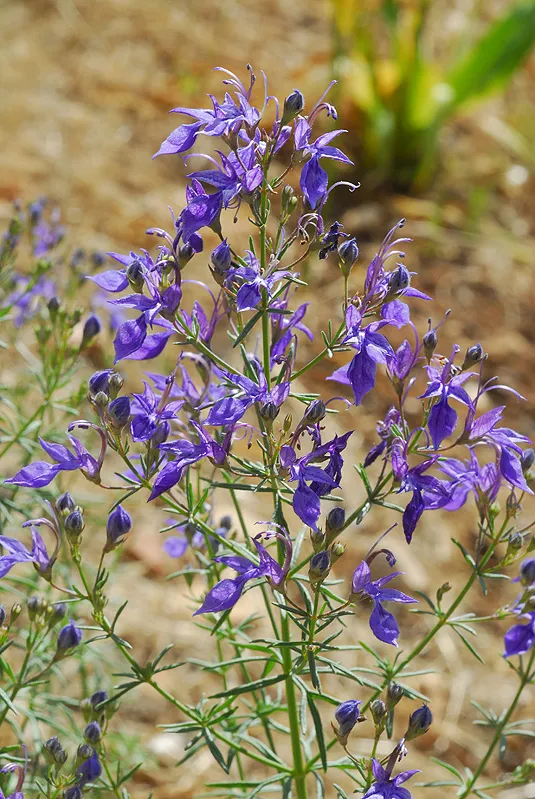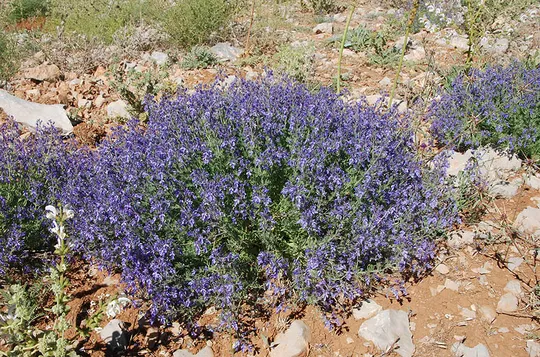Spiny Germander, Thorny Germander
Teucrium spinosum
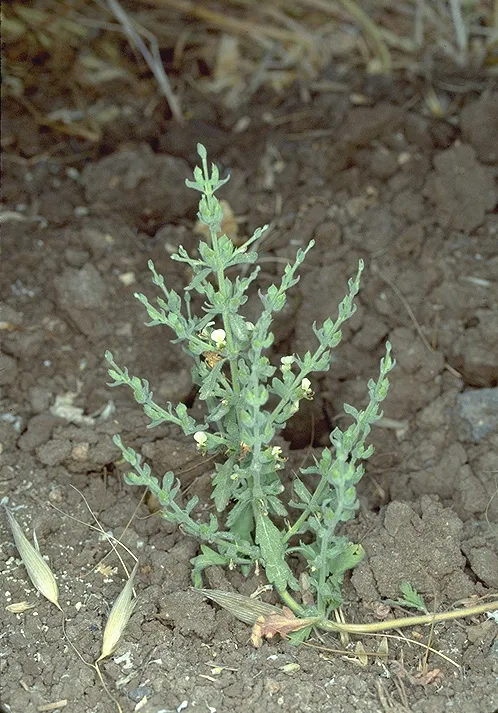
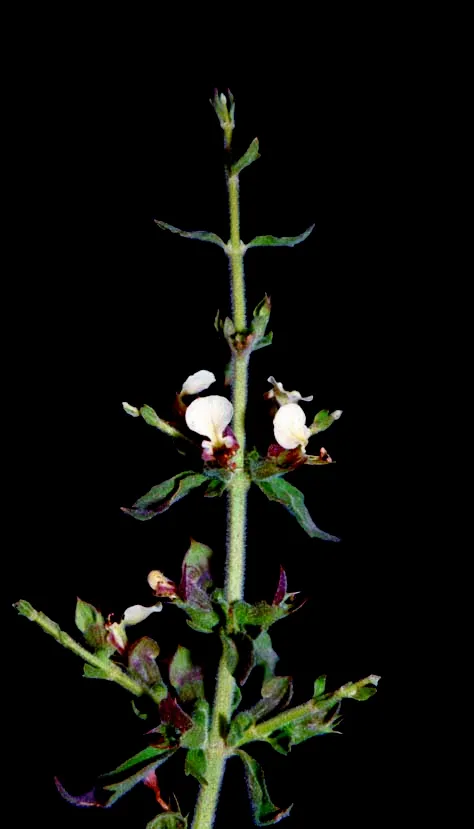
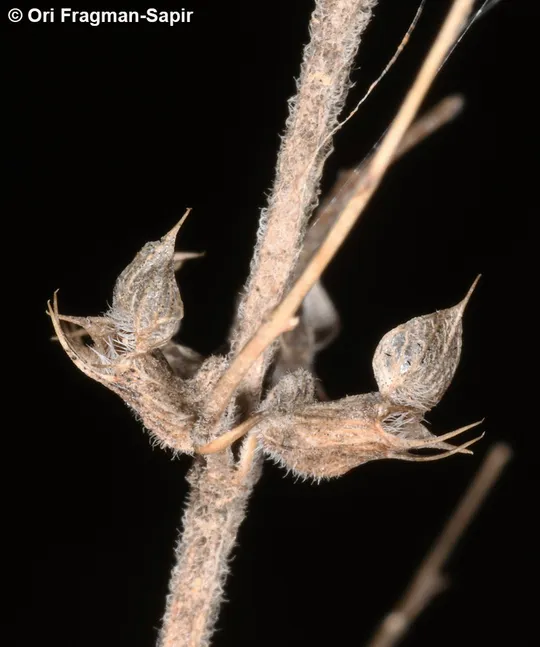
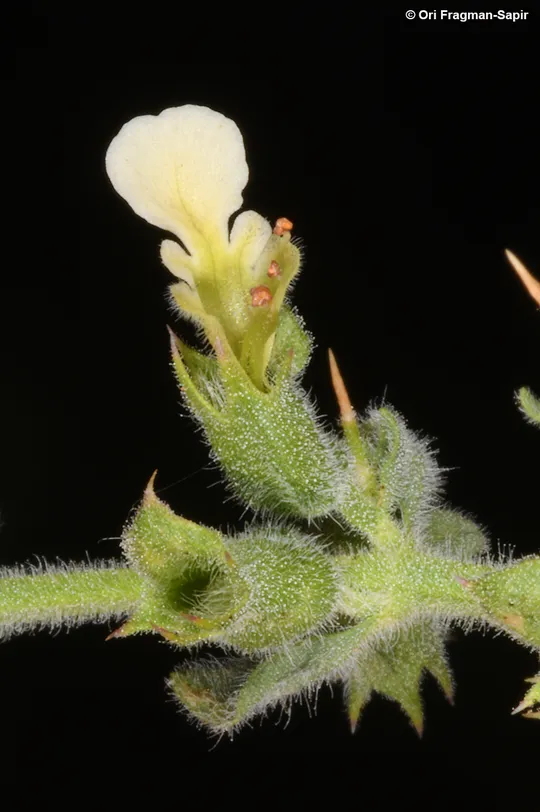
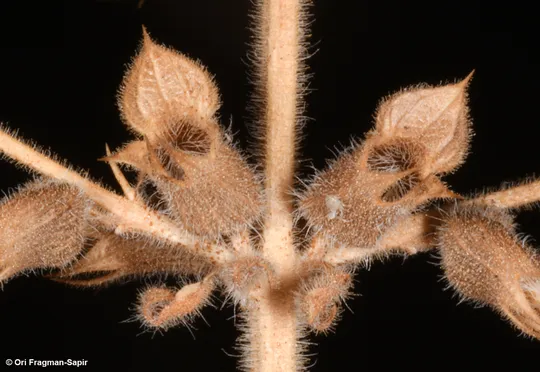
Teucrium spinosum once grew in
11 regions in Israel, but remains
in only five: the Golan Heights (one site),
Lower Galilee (9 sites), the Carmel (one site), the Philistian Plain (one site) and the Gilboa (4 sites). The plant was collected in the past (1937-1957) from other regions, once in each region:
Upper Galilee (above Hatsor), Samaria, in the
Samarian transition zone (Wadi Tirtsa), Philistian Plain (Ben Shemen), Acre Valley (Kfar Ata) and the Hula Valley (Yesud HaMa’ala). Since then it has not
been found (despite the rare species survey that was conducted in these regions). In the Philistian Plain, it once grew in nine
sites but only survived in two (Moshav Yinon, Plugot
Junction, not found there since 1984). In the Jezreel Valley it grew in at least
seven sites, but during the 1993 survey it was not found at a
single site! In the Gilboa three sites were found in alluvial
valleys near Merav and Faqua. In the southern Golan Heights it was sighted a number of times near Kfar Haruv. In Samaria it
grew in the past only in the alluvial valleys between Tubas and Ǧenin. In 1936 it was
collected in Wadi Kubebe (Wadi Modi’im) and was thus recorded
in the Flora Palaestina from Samaria.
Heavy, deep soil and
alluvial soil fields, traditional olive groves, on mountains, in the transition
zone and the coastal plain.
For the genus, see Teucrium parviflorum. The
species belongs to a small and special group in
the genus Teucrium; it
is composed on annuals, unlike most of the other Teucrium species
that are perennials.
·
Teucrium spinosum grows with certainty today in only
15 sites, compared with the 37 previously
known sites (circa 1950). The rare species survey estimated the number of plants in all the T. spinosum populations at 1,000 to 5,000 individuals.
·
T. spinosum once grew in 11 different
regions, but survives in only four. In two of the regions (Carmel and Philistian Plain) it is found only at a single site on the verge of
extinction. In the Golan Heights, which was not included in the review above (part of
Israel only since
1967), T. spinosum has been found only once (1967) and since then there have been no further reports (although no
thorough survey has been conducted in
the area).
·
The populations that had previously grown on heavy soils in the Jezreel Valley, in the Hula Valley and in the Philistian Plain are
now extinct due to intensive agricultural development with deep plowing and
herbicide spraying.
·
None of the sites is within a nature reserve.
The
southern Golan Heights should
be surveyed for populations of Teucrium spinosum. Two nature reserves should
be declared in the Lower Galilee and the Philistian Plain, which will serve as a shelter for the T. spinosum populations
and other plants that grow on heavy soil. The population at the Tsalmon Junction,
where the largest number of T. spinosum plants
was found (about 100 plants per acre totaling
1000 plants). Relations with farmers
should be developed so that they will allocate some of their land for cultivating
without pesticides, or contribute the edges of
their fields for that purpose (as is common in
some European countries and is subsidized by the government). T. spinosum seeds should be collected, together with the gene bank,
and grown in refuge plots.
Teucrium spinosum grows in the Mediterranean Basin: the
Maghreb countries (Northwest Africa), Spain, Italy, Greece, Turkey and
Syria-Lebanon. It penetrated northward to the Atlantic Coast in Portugal and
the Canary Islands.
Teucrium spinosum is an herbaceous perennial exclusive to heavy deep soil
fields. Its habitat was destroyed due to changes in cultivation methods, so that it almost
disappeared, surviving mainly in the Lower Galilee and somewhat in the Gilboa. The drastic decline in the number of sites and number of regions indicates
the accelerated rate of extinction of its populations.
Current Occupancy Map
| 1000 squre meter pixel | 5000 squre meter pixel | 10000 squre meter pixel | |
|---|---|---|---|
| number of observations | 0 | 0 | 0 |
| in total pixels | 0 | 0 | 0 |
| Family | Lamiaceae |
| Classification | On the endangered species list |
| Ecosystem | Mediterranean |
| Chorotype | Mediterranean |
| Conservation Site | Tsalmon Junction in the Lower Galilee |
| Rarity |
1
2
6
|
|---|---|
| Vulnerability |
0
3
4
|
| Attractiveness |
0
0
4
|
| Endemism |
0
0
4
|
| Red number |
1
3.2
10
|
| Peripherality | N |
| IUCN category | DD EW EX LC CR EN VU NT |
| Threat Definition according to the red book | Vulnerable |
 Based on:
Based on:
